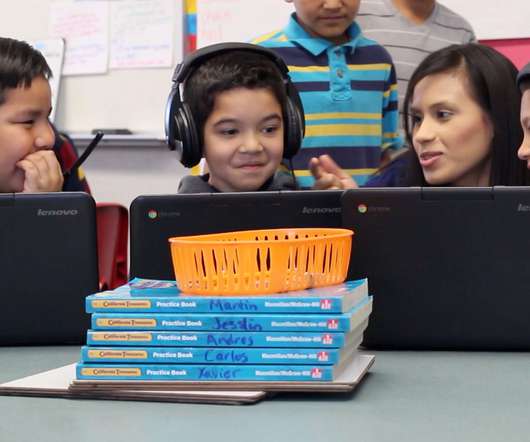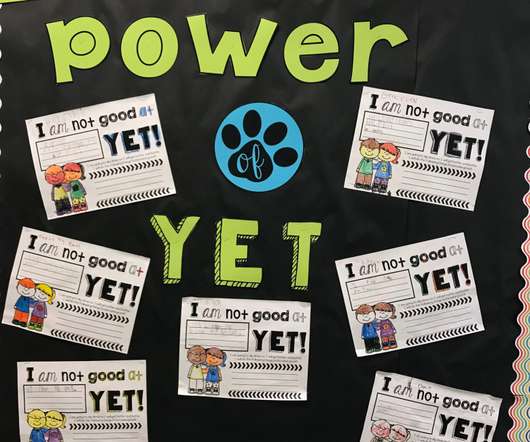What If We Measured Learning Through Skills Gained, Not Time Spent in the Classroom?
Edsurge
APRIL 18, 2023
Texas State Technical College, which prioritizes training programs that set students up for well-paying careers, is in the process of shifting its programs to a competency-based model, meaning one based on students proving they have a set of skills, regardless of how much time they’ve spent getting to that level of proficiency.



















Let's personalize your content